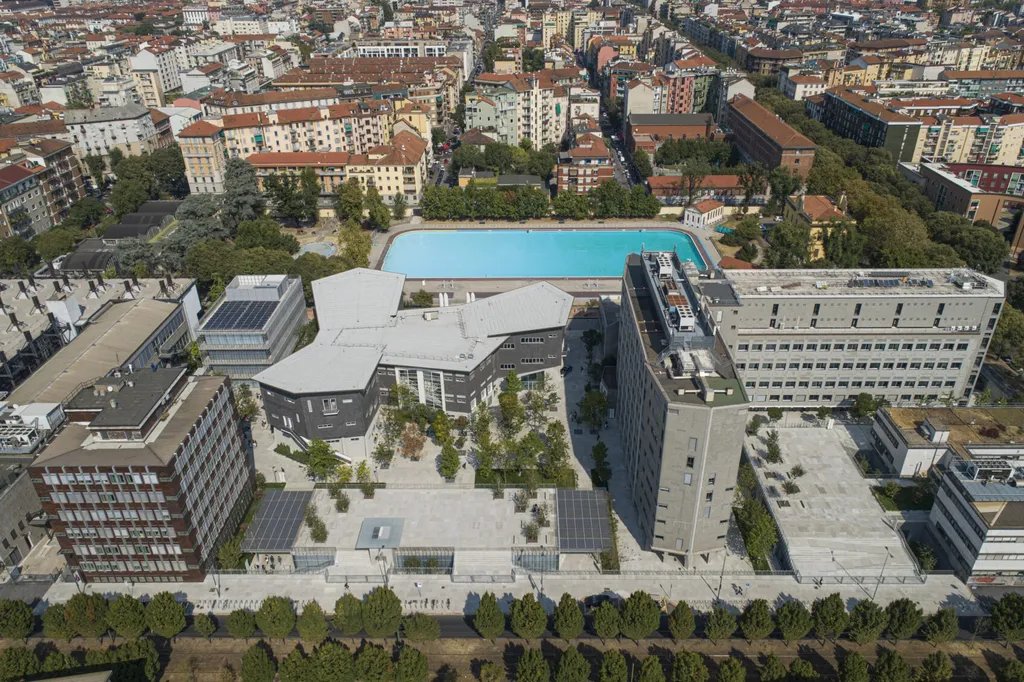In the heart of Italy, a pioneering approach is reshaping how professionals assess and preserve historic buildings, with implications that could ripple through the global construction and energy sectors. At the forefront of this innovation is Dr. Barbara Fazion, a researcher from the Department of Architecture Built Environment and Construction Engineering (ABC) at Politecnico di Milano, who is leveraging advanced digital tools to bridge the gap between history and structural engineering.
Fazion’s work, recently published in *The International Archives of the Photogrammetry, Remote Sensing and Spatial Information Sciences* (translated as *The International Archives of Photogrammetry, Remote Sensing and Spatial Information Sciences*), focuses on Historic Building Information Modeling (HBIM). This multidisciplinary approach integrates 3D modeling, historical knowledge, and technical data to create detailed digital representations of historic structures. The goal? To enable architects, restorers, and structural engineers to perform accurate structural assessments, particularly for seismic activity and consolidation efforts.
“The challenge,” explains Fazion, “is to create a digital model that not only captures the complex geometry of historic buildings but also incorporates their historical transformations and construction techniques.” This is particularly relevant in Italy, where public and private administrations are increasingly requesting seismic assessments and structural consolidations of existing buildings.
Fazion’s methodology is being tested on a pillar of the nave of San Michele Maggiore in Pavia, an Italian basilica of significant historical and architectural relevance. By digitizing the historical-critical survey using HBIM, Fazion aims to create a valuable knowledge tool for future structural analysis and consolidation interventions.
The implications of this research extend beyond Italy’s borders. In an era where energy efficiency and structural integrity are paramount, the ability to accurately assess and preserve historic buildings can significantly impact the energy sector. For instance, understanding the structural health of a building can inform retrofitting efforts that improve energy efficiency without compromising historical integrity.
Moreover, the integration of historical data with structural analysis software can lead to more informed decision-making, potentially reducing costs and enhancing the longevity of historic structures. As Fazion notes, “This approach not only preserves our cultural heritage but also ensures that these buildings remain safe and functional for future generations.”
The commercial impacts are equally compelling. As cities worldwide grapple with aging infrastructure and the need for energy-efficient buildings, the methods developed by Fazion and her team could become a valuable asset. By providing a comprehensive digital model that combines historical context with structural data, HBIM can streamline the assessment process, making it more efficient and cost-effective.
In the broader context, this research highlights the potential of digital tools to revolutionize the construction and energy sectors. As we strive to balance preservation with progress, the work of researchers like Fazion offers a promising path forward. By embracing multidisciplinary approaches and leveraging advanced technologies, we can ensure that our built environment is not only sustainable but also respectful of its historical roots.
As the construction industry continues to evolve, the integration of historical knowledge with modern technology will undoubtedly play a crucial role. Fazion’s research is a testament to the power of innovation in preserving our past while building a sustainable future.

